Market Barometer
In recent years, the toy industry has undergone a profound transformation-evolving from traditional children's entertainment tools into vehicles for adult emotional expression and social interaction. Brands like POP MART, McDonald's and Aojie have launched food-themed toy series, turning playthings into "social currency" and "emotional essentials" through innovative design, contextual marketing and emotional resonance. This trend reflects consumers' growing demand for emotional value, social sharing and personalized experiences, offering businesses fresh insights for product development and brand-building.
01
POP MART's LABUBU: Pop-ups + Blind Boxes = Social Currency Producers
Traditional toys are "bought to play at home", but POP MART's strategy is "play on-site". Its hit IP LABUBU recently launched "THE MONSTERS Quirky Convenience Store" series, featuring 12 collectibles including milk, instant noodles, fried shrimp, rice balls plus a hidden edition. Pop-up events in Beijing and Shanghai sparked frenzied online/offline sales, with resale prices soaring to over ¥2,600, nearly 10 times the original price.
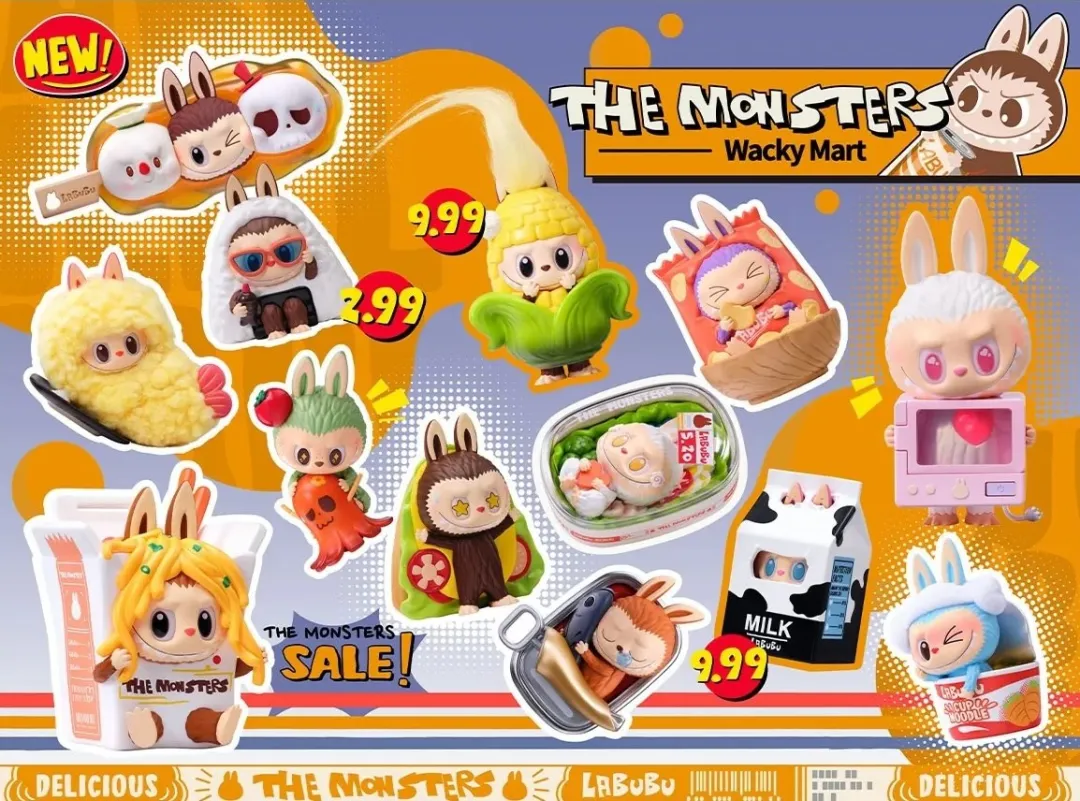
These pop-ups aren't just stores. They're participatory, interactive and shareable experiences:
- Crowds pick blind boxes from "instant noodle shelves"
- Pose with "fried shrimp" figurines beside giant LABUBU
- Unboxing videos flood social media, driving more traffic
This "offline experience + online virality" loop transforms a simple purchase into a attend-worthy social event.
"THE MONSTERS Quirky Convenience Store" series' success proves toys aren't just toys, but also young people's emotional vessels, social media content and conversation starters. Brands must design share-worthy moments: pop-ups, themed exhibitions, limited drops to drive high-impact engagement.
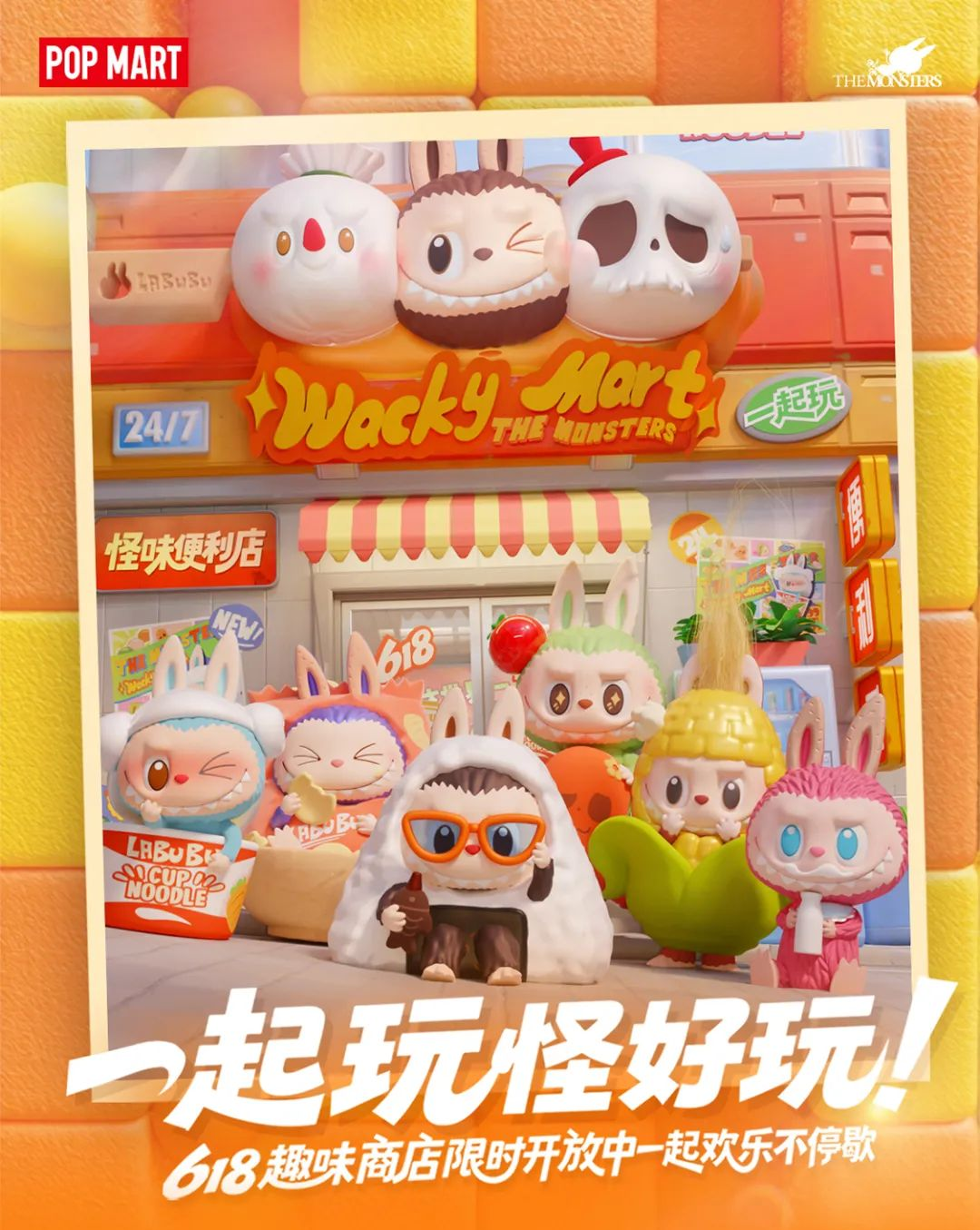
02
"Lil McDonald's": "Nostalgia + Collectible Scenes" and Emotional Resonance
On July 1, McDonald's debuted "Lil McDonald's" - 21 micro-models replicating iconic brand elements: store signs, cashiers, fry boxes, drink machines, delivery trucks, Happy Meal buckets and even McDonald's app phones. Leveraging its global IP power, the series ignited instant hype, with fans declaring: "Dreams come true - I own my mini Mc's!" "All in!"

Targeting adults with spending power, these toys transcend "child's play" to fulfill childhood dreams. As fans joked: "Too childish for kids, but perfect for adults." The 21-piece set covers "dine-in - takeout - delivery", encouraging collectors to assemble full "restaurants" via Happy Meal purchases. This "collect-and-build" model fuels desire while sparking desktop photos, collection progress updates and viral "toy parenting" posts, further expanding the product's influence.
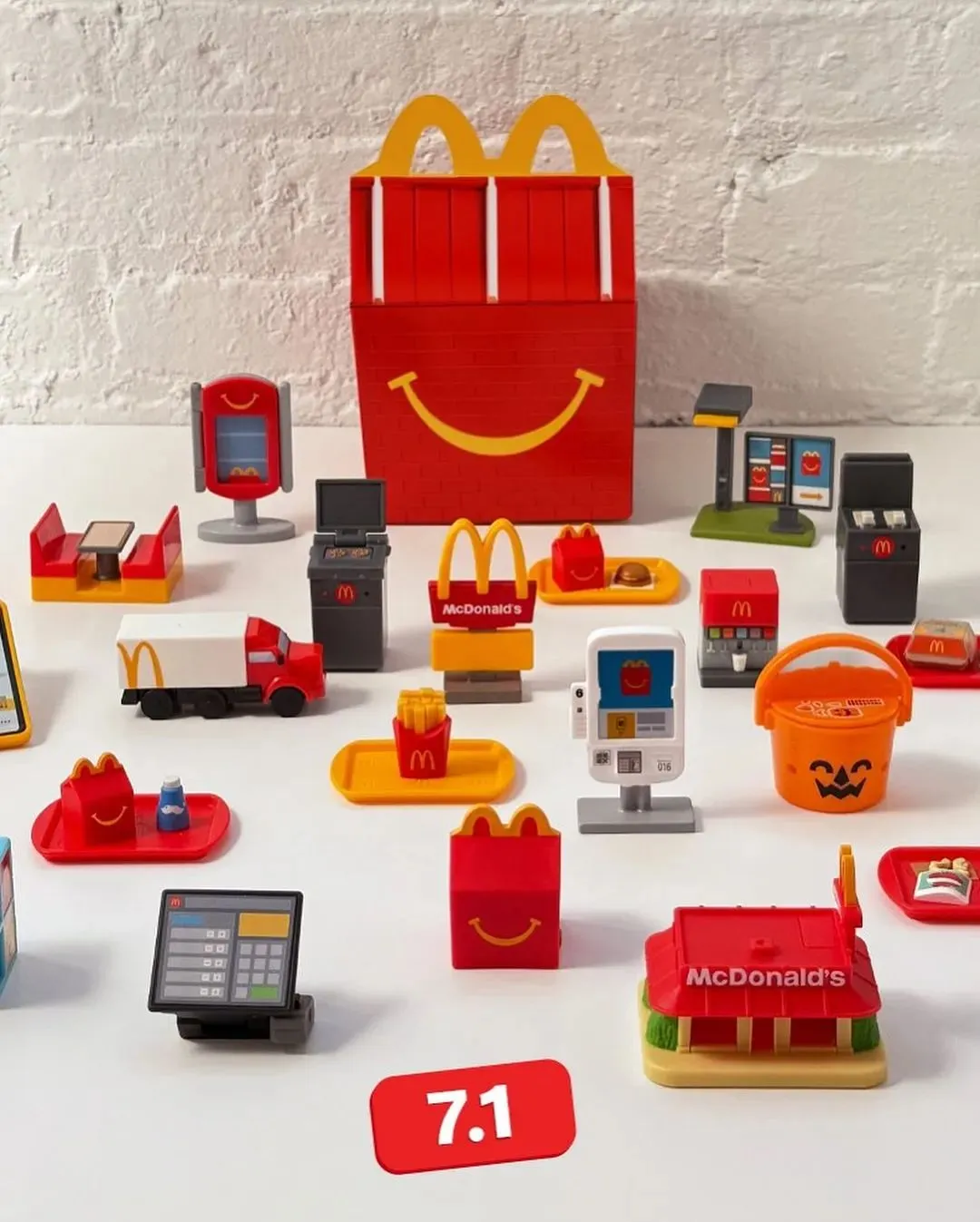
Toys are no longer exclusive to children. Companies must capture the "emotional value" of adult toys by deeply exploring the emotional pain points of adults, such as nostalgia, healing and collecting, and turn product design to become their "emotional outlet". This may well be the key to unlocking a new growth trajectory.
03
Aojie Plush Cha Chaan Teng: Hong Kong Dim Sum + Healing Meets Small Blessing
On June 6, plush specialist Aojie launched its "Cha Chaan Teng" (Hong Kong-style café) series - adorably fluffy dim sum toys merging traditional snacks with huggable designs, melting the hearts of foodie and plush lovers. Squishy roast goose, bauble-shaped sticky rice wraps, and meme-worthy red rice rolls... Netizens gushed: "Too cute to eat, just wanna hug!" "Squeezing these at work dispels stress."
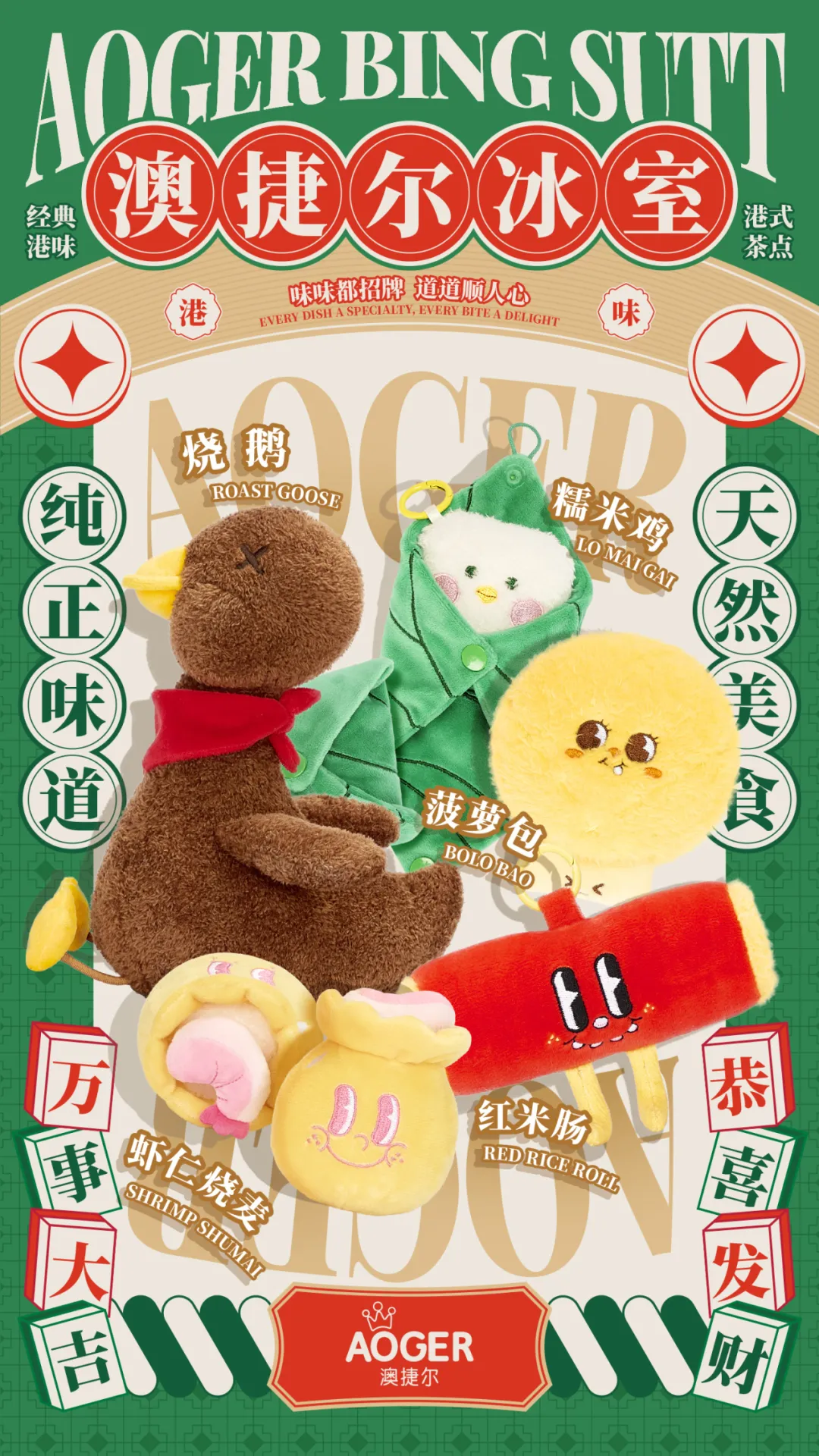
The secret of Aojie Plush Cha Chaan Teng is "emotional value": plush texture means instant comfort, HK-style aesthetics bring nostalgic warmth and playable design makes disposable items into long-term companionship. This hits young adults' cravings for relaxation and comfort.
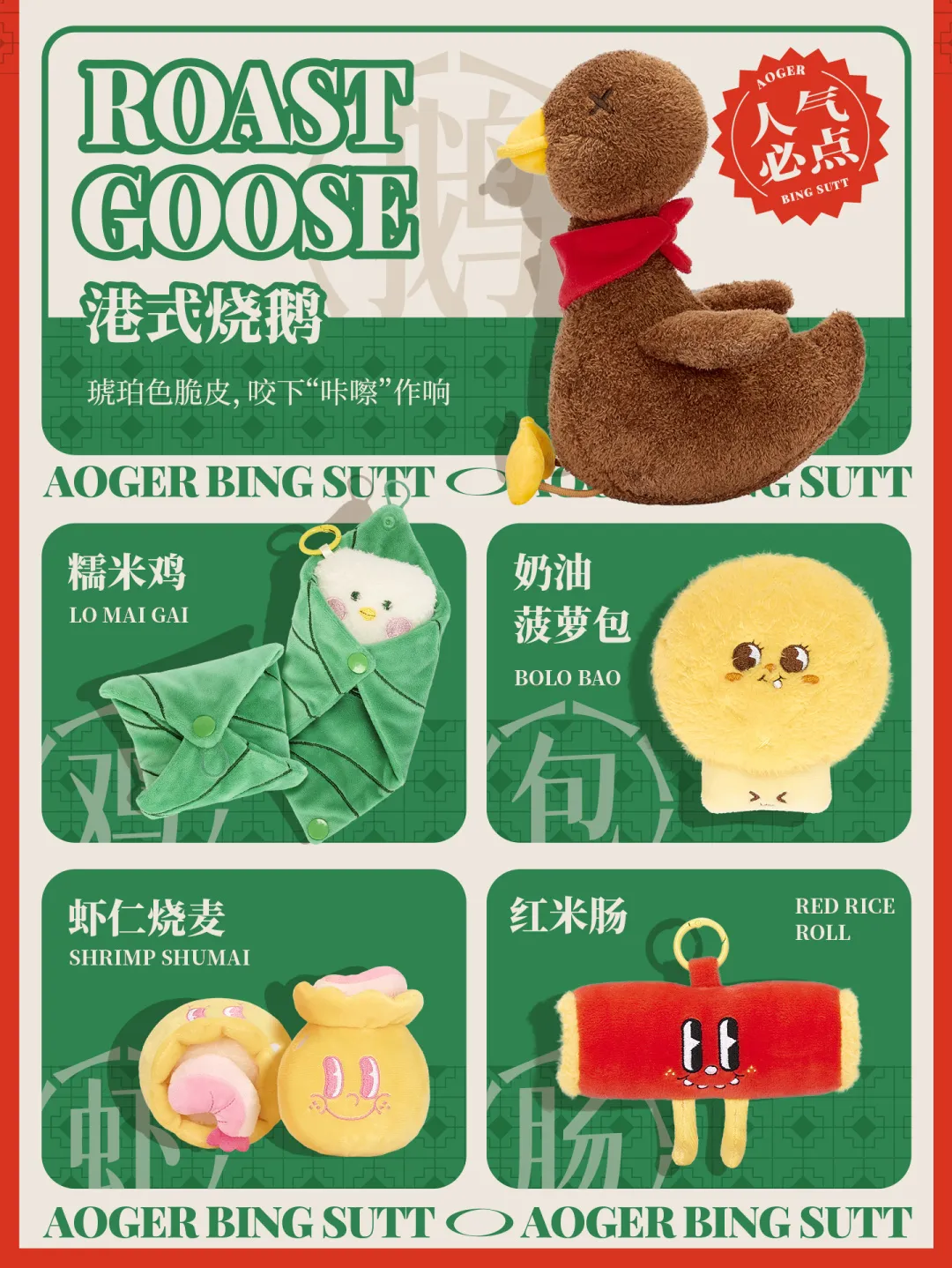
When consumers no longer content with "buying a toy", but rather demand "buying happiness" and "buying healing", enterprises need to learn to convey emotions through product design: soft and cute shapes, soothing color schemes and interactive details can all transform toys from "merchandise" into "little joys in life".
Conclusion
From POP MART's interactive pop-ups to McDonald's nostalgia wave and Aojie's plush therapy, one trend is clear: toys now thrive on emotional resonance. Playful, relatable products are key to connecting with users and unlocking desire.
The future belongs to brands that pinpoint consumers' emotional needs and infuse designs with warmth. For enterprises, this is not only an innovation in business models, but also a deep insight into user needs. As toys evolve into vessels for feelings and social bonds, the industry's potential is limitless. Those mastering emotional value and unique experiences will lead the next wave.
Upcoming Event:
CTE China Toy Expo & Trendy Play Show, Oct 15 - 17, 2025, Shanghai New International Expo Centre, New launches from top brands expected.
Note: Images sourced from company materials and public platforms.
By Gao Yongzhen, Edited for global audience





